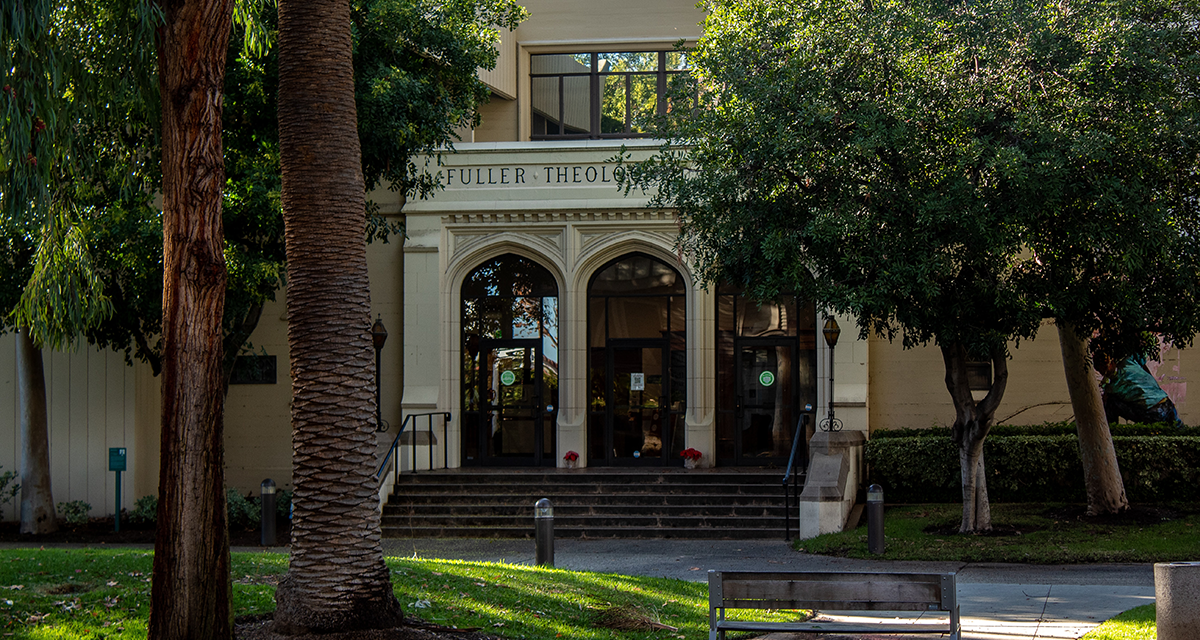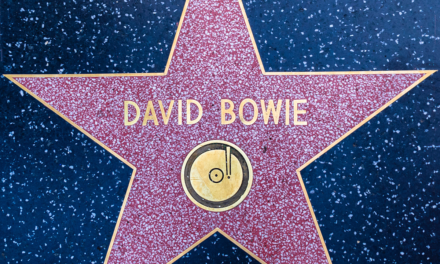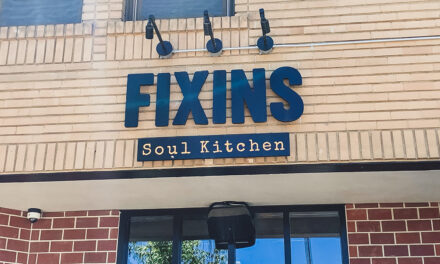Pasadena, known for its iconic Rose Parade and as a hub of scientific and cultural innovation, has a history as colorful as its well-known New Year’s celebration.
This blog post delves into the rich tapestry of Pasadena’s past, exploring how it transformed from indigenous lands to a modern city of arts and science.
Indigenous Roots and Early Settlements
Before the arrival of Spanish missionaries and settlers, the area now known as Pasadena was inhabited by the Hahamog’na tribe, a branch of the Tongva Nation.
The name “Pasadena” itself comes from a Chippewa word meaning “valley.”
In the 1870s, after California became part of the United States, the area saw an influx of settlers, leading to the establishment of the Indiana Colony, a critical development in Pasadena’s early history.
The Birth of a Cultural and Educational Hub
In the late 19th and early 20th centuries, Pasadena emerged as a cultural and educational center.
Establishing institutions like the California Institute of Technology and the Pasadena Playhouse, the State Theater of California, played a significant role in shaping the city’s identity.
Pasadena’s agreeable climate made it a winter resort for wealthy Easterners and Midwesterners, further adding to its development and allure.
Pasadena’s Architectural and Horticultural Landmarks
Pasadena is renowned for its distinctive architecture, with the Gamble House, a prime example of American Arts and Crafts movement architecture, and the historic Colorado Street Bridge.
The city is also home to the Huntington Library, Art Museum, and Botanical Gardens, showcasing extensive art collections and botanical specimens.
Innovation and the Space Age
The mid-20th century marked Pasadena’s foray into the space age, with the Jet Propulsion Laboratory (JPL) leading numerous space missions.
This pivotal period saw JPL, initially a small workshop at Caltech, evolve into a leading NASA center, pioneering space exploration.
This era cemented Pasadena’s reputation as a scientific research and innovation center. The city’s involvement in space exploration brought about significant technological developments, many of which have had far-reaching impacts beyond space missions.
Technologies developed for space exploration have led to advancements in environmental science, telecommunications, and even everyday consumer products.
Moreover, the presence of JPL contributed to a culture of scientific inquiry and education in Pasadena, attracting engineers, scientists, and researchers from around the world.
This influx of talent has impacted the city’s culture and economy, fostering a community that values knowledge, innovation, and forward-thinking. The legacy of this space age continues to be a source of pride for Pasadena, symbolizing the city’s role at the forefront of scientific discovery and exploration.
Q&A: Unraveling the Intricacies of Pasadena’s Rich History
Q: How did the Rose Parade and Rose Bowl Game become synonymous with Pasadena?
A: The Rose Parade began in 1890 to promote Pasadena’s charm and beautiful weather. The Rose Bowl Game, that was first played in 1902, became an annual tradition, further entrenching Pasadena’s New Year’s Day significance.
Q: What role did Pasadena play in the arts and crafts movement?
A: Pasadena was a significant center for the Arts and Crafts movement in the beginning of the early 20th century, with architects like Greene and Greene contributing significantly to its distinctive style.
Q: How has Caltech influenced Pasadena’s development?
A: Caltech has been crucial in shaping Pasadena as a center of science and education, attracting world-renowned scientists and contributing to groundbreaking research.
Q: Can you tell us about the historical significance of Old Pasadena?
A: Old Pasadena, the city’s original commercial center, showcases preserved architecture from the late 19th and early 20th centuries, symbolizing Pasadena’s commitment to historic preservation.
Q: What makes the Huntington Library and Gardens unique in Pasadena?
A: The Huntington is renowned for its rare book collections, European and American art, and expansive botanical gardens, representing Pasadena’s dedication to arts and natural beauty.
Q: How has Pasadena’s cultural diversity evolved over the years?
A: Pasadena has grown into a culturally diverse city, with a mix of ethnicities and cultures reflected in its communities, celebrations, and culinary scene.
Pasadena’s Ongoing Legacy
Pasadena’s history is a blend of culture, education, and innovation.
From its indigenous roots to its status as a modern city of science and arts, Pasadena continues to evolve, embracing its past while looking toward a future filled with possibilities.
What new chapters will Pasadena write in the coming years, and how will it balance its rich heritage with modern advancements?





